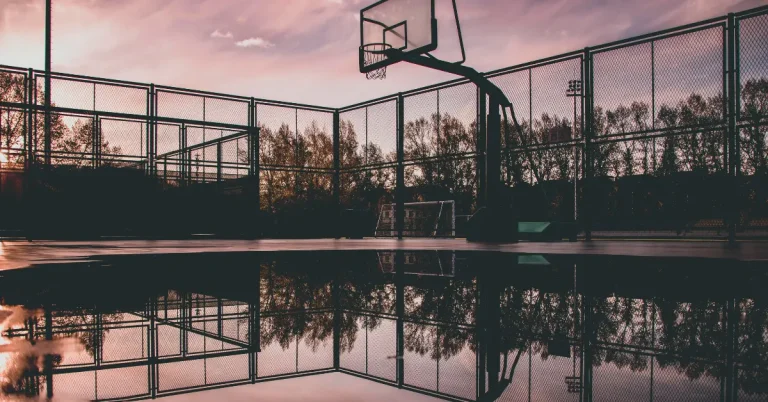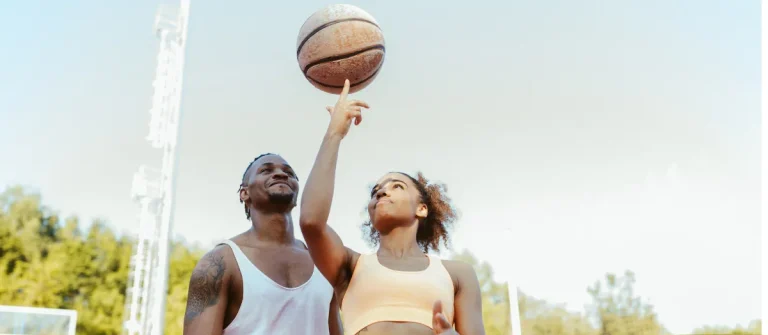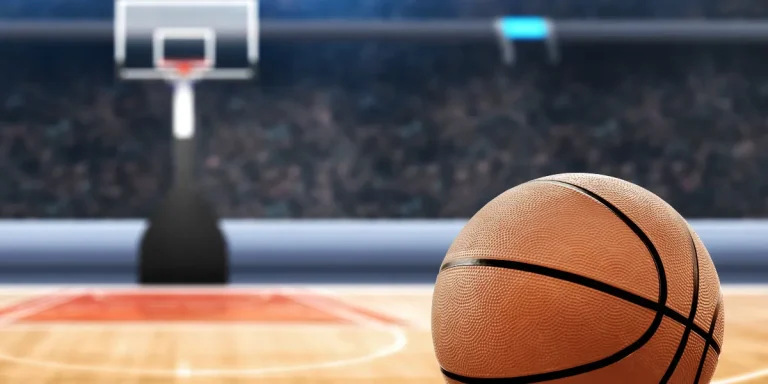What Is a Wing in Basketball? Explained with Images
Why is it important to understand the wing in basketball? By grasping the role and responsibilities of players in this position, coaches, teammates, and fans can better appreciate the impact they have on the game. Understanding the wing position enables teams to develop effective strategies, exploit strengths, and neutralize opponents’ tactics.
In the game of basketball, the basketball wing position plays a crucial role in team strategy and overall gameplay. The wing refers to the position on the court that is located between the guard and the forward. It is often occupied by players who possess a combination of shooting, scoring, and defensive abilities.
Wing position in basketball refers to the area on the court between the perimeter (three-point line) and the post (near the basket).
It is situated on either side of the court, closer to the sidelines. Wing players typically occupy these positions and fulfill various roles, contributing to both offence and defense.
Define the Basketball Wing Position
In basketball, the wing area of the court refers to the side sections along the sidelines, stretching from the baseline position (the back boundary of the court) to the three-point line (the arc around the basket).
The full wing area encompasses the entire space between the baseline and the three-point line on both sides of the court. This area provides ample room for players to move, shoot, and pass.
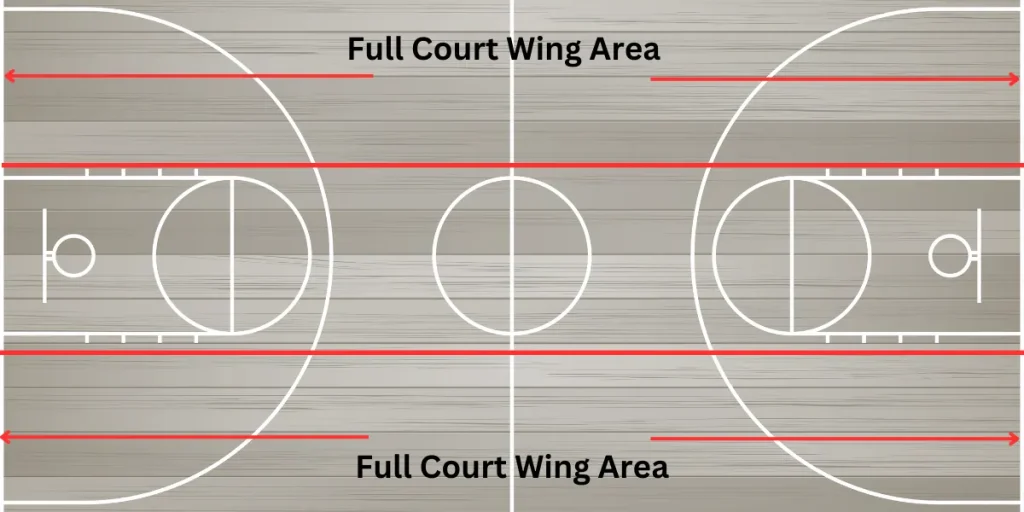
The traditional wing area, however, typically refers to a narrower section closer to the baseline. This part of the court is where players commonly position themselves for mid-range jump shots or driving toward the basket.

Both the full wing area and the traditional wing area are crucial zones for offensive and defensive strategies in basketball. They offer scoring opportunities, as well as challenges for defenders trying to prevent scoring opportunities.
What is a Wing Player in Basketball?
Wing players refer to players who primarily operate on the sides of the court, known as the wings. These players typically play on the perimeter, between the baseline and the three-point line. They are often responsible for shooting from mid-range or three-point range, driving to the basket, passing, and providing defensive coverage on the wings. Wing players play a vital role in both offensive and defensive strategies, providing versatility and scoring options for their team.
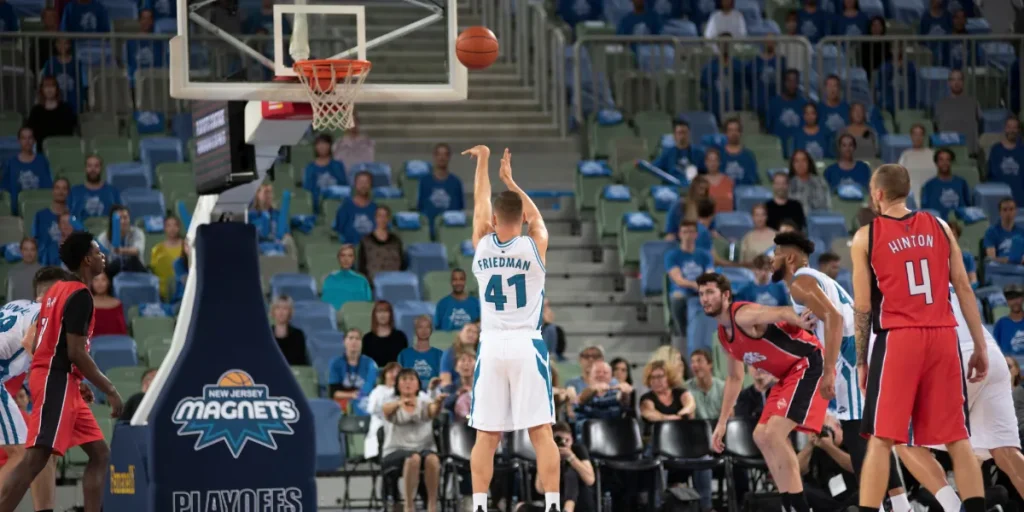
Role and Responsibilities of a Wing Player
The role of a basketball wing player involves both offensive and defensive responsibilities. Offensively, a wing player is expected to:
Offensive duties and contributions
- Scoring opportunities and shooting skills: Wing players are responsible for creating and capitalizing on scoring opportunities. They utilize their shooting skills, including three-point shooting, mid-range jumpers, and scoring off screens, to contribute to their team’s offense.
- Driving to the basket and finishing plays: Wing players often excel at driving to the basket, utilizing their athleticism and ball-handling skills to penetrate defenses. They finish plays at the rim with layups, dunks, or floaters, providing an additional scoring threat.
- Creating space and providing passing options: Wing players contribute to the team’s offensive flow by creating space through off-ball movement and positioning. They serve as passing options for teammates, helping to facilitate ball movement and create scoring opportunities for the team.
Defensive duties and contributions
- Guarding opponents effectively: Wing players have the crucial role of guarding opposing players, primarily shooting guards and small forwards. They use their defensive skills, such as lateral quickness, active hands, and basketball IQ, to prevent their assigned players from scoring and disrupt their offensive rhythm.
- Help defense and perimeter coverage: Wing players are responsible for providing help defense and offering support to teammates. They rotate quickly to cover open players, contest shots and disrupt passing lanes. Their ability to guard multiple positions allows them to contribute to the team’s overall defensive strategy.
- Rebounding and transition defense: Wing players play a part in rebounding, both defensively and offensively. They help secure rebounds, initiating fast breaks or preventing opponents from gaining second-chance scoring opportunities. Their athleticism and speed make them valuable assets in transition defense, getting back quickly to prevent easy baskets.
Offensive Skills and Strategies for Wing Players
Wing players should possess solid shooting techniques, including proper form, footwork, and release. They should have the ability to shoot from various distances and angles, including three-pointers, mid-range jumpers, and pull-up shots.
Wing players must excel in off-ball movement, utilizing cuts and screens to create scoring opportunities. They should have a good understanding of spacing and timing to get open for passes and finish at the rim.
Wing players should be proficient in transitioning from defense to offense. They should have the speed, awareness, and decision-making ability to initiate fast breaks and capitalize on scoring opportunities in transition.
Defensive Skills and Strategies for Wing Players
Wing players need to excel in on-ball defense, using their lateral quickness and agility to stay in front of their assigned opponents. They should have active hands to contest shots, prevent dribble penetration, and force difficult shots.
Wing players should have a strong understanding of help defense principles and the ability to provide support to teammates. They should rotate quickly to cover open players, help defend drives to the basket, and provide help-side defense.
Wing players should have a knack for disrupting passing lanes, using their length and quickness to anticipate and intercept basketball passes. They should also possess the ability to contest shots effectively, closing out on shooters and challenging shots without fouling. These defensive skills help create turnovers and limit the effectiveness of opposing offences.
Remember: Wing players in basketball excel at both offense and defense. They are tall, athletic, and skilled at shooting and defending. They contribute to fast breaks and disrupt opponents’ plays. They are key players for their team’s success.
Notable Wing Players in Basketball History
Michael Jordan regarded as the GOAT, dominated as a wing player for the Chicago Bulls. Known for scoring, athleticism, and competitiveness, he won 6 championships, 5 MVPs, and was a 14-time All-Star.
LeBron James: versatile wing player, 6’9″ with exceptional athleticism and basketball IQ. He played for Cavaliers, Heat, and Lakers. 4 championships, 4 MVPs, 17-time All-Star. Known for scoring, rebounding, facilitating, and impacting the game.
Larry Bird: is a legendary wing player for the Celtics. Entire career with Boston. Known for shooting, basketball IQ, and versatility. 3 championships, 3 consecutive MVPs. Exceptional scorer, rebounder, passer. Intense competitiveness.
FAQs
What is a two way wing in basketball?
A two-way wing in basketball refers to a player who excels on both ends of the court, combining strong offensive skills with the ability to defend effectively.
How to play wing in basketball
To play as a basketball wing player, focus on developing a versatile skill set that includes scoring, shooting, passing, and defensive abilities. Use your athleticism and basketball IQ to contribute both offensively and defensively.
What is the wing position called?
The wing position in basketball is commonly referred to as the small forward or shooting guard, depending on the team’s system and lineup.
How can I be a better wing player?
Focus on shooting, ball handling, and decision-making.
Work on defensive skills like lateral quickness and positioning.
Study the game, watch film, and learn from experienced players/coaches.
Practice regularly, be dedicated, and maintain a strong work ethic.
Conclusion
The wing position in basketball refers to the role of the shooting guard or small forward, known for scoring, shooting, athleticism, and versatility. Positioned on the perimeter, they contribute to offense and defense through scoring, rebounding, and defensive efforts. This position is crucial in modern NBA basketball, with players utilizing their skills to contribute to their team’s success.

Passionate basketball player striving for excellence on and off the court. Dedicated to the game since youth, I have honed skills through years of practice. Explore my journey, gear reviews, and dunking tips. Let’s elevate our game together!




